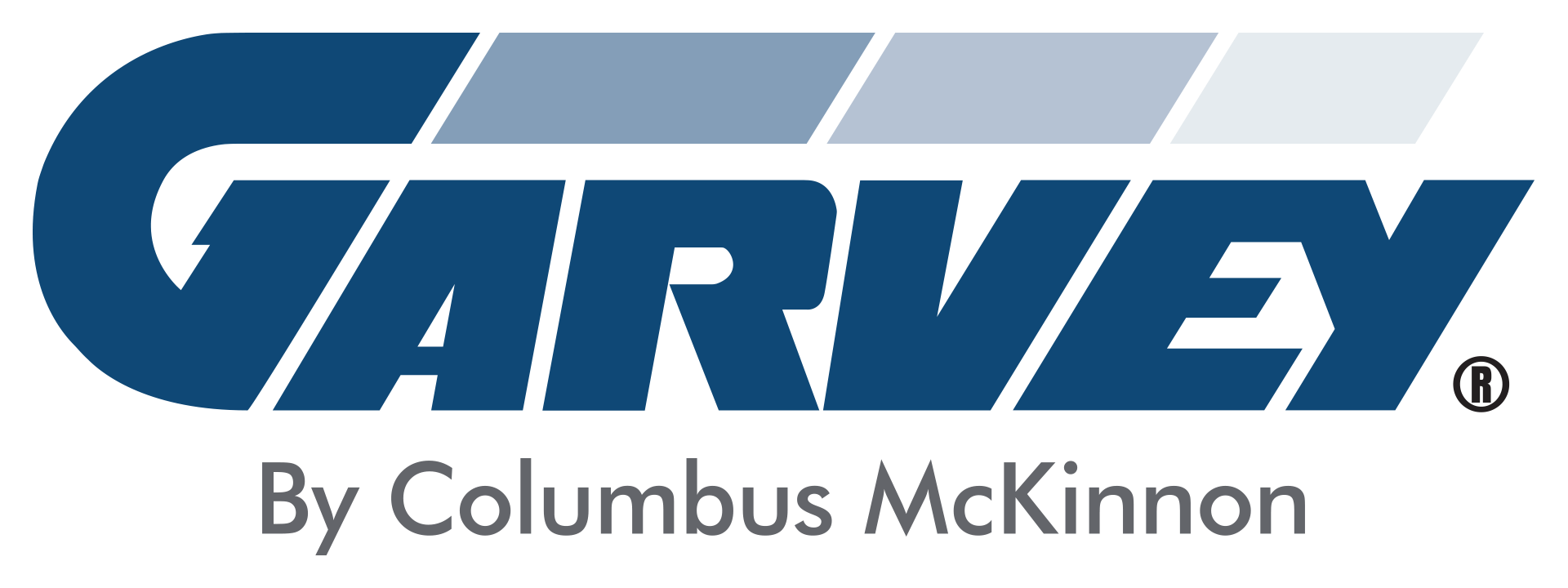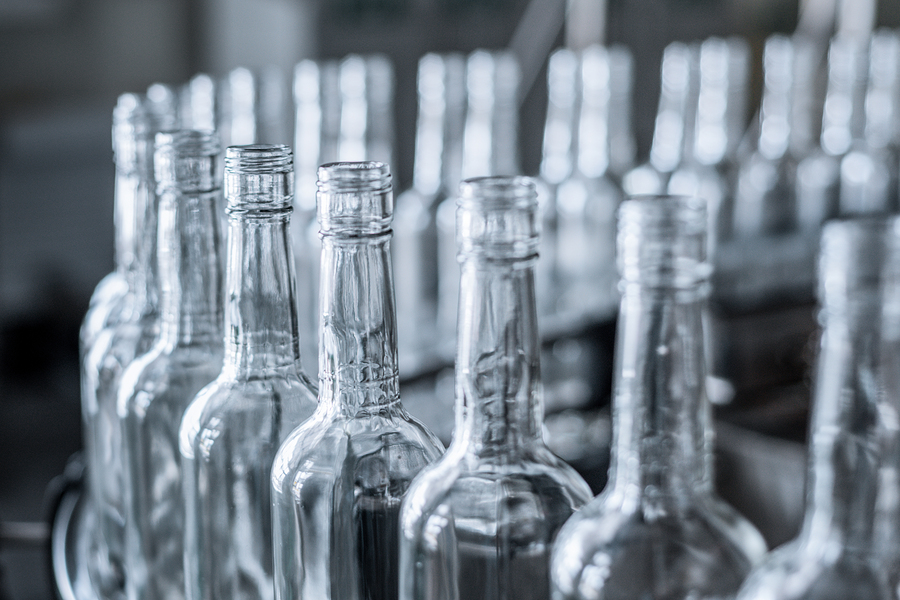Hopefully, you’ve read our recent articles about how much production line bottlenecks cost and how to find which piece of equipment is creating the bottleneck in your facility. (If not, take a few minutes to check them out — they’ll provide context for this next series of articles.)
We’ve analyzed thousands of production lines across the food and beverage manufacturing industries. And, although a bottleneck can occur anywhere, there are a few usual suspects that account for the majority of constraints. In the next two articles, we’ll identify these usual suspects and discuss how accumulation can help keep them from limiting the throughput of the entire line.
___________________________
The top two sources of constraints on beverage lines are fillers and (for thermally processed products) coolers.
Fillers
On bottling lines, the most common constraint by far is the filler. This is typically the most expensive machine on the line. That doesn’t necessarily mean it had the highest price tag, but that it costs the most to run. This is because the filler usually has the lowest throughput per minute compared to all of the other equipment.
For example, on the wine bottling line we outlined in our article “What Is Throughput? (And Why You Should Care,” the filler had a max rate of 180 bottles per minute (bpm), while several of the other machines could process over 200 bpm. The case packer could process as many as 300 bpm! That means that even if the filler were to run at 100% efficiency — which is impossible — it would still only be able to supply a little more than half of what the case packer can handle. So, you can see why any decrease in the filler’s efficiency drastically cuts the throughput of the entire line.
But the main throughput killer for fillers isn’t efficiency problems with the machine itself. It’s that if a downstream machine, like the capsuler, goes offline, the filler has to stop as well because there’s no place for the filled bottles to go.
By adding accumulation, you can keep the filler running, creating a store of bottles for the capsuler (or whatever) to process when it comes back online. When you do your accounting at the end of the run, you won’t even notice the effect of the machine going down because it will easily be able to catch up with the filler.
Here are several case studies where adding an accumulation table after the filler increased line throughput by as much as 30%:
- Glass wine bottles
- Tapered glass wine bottles
- Craft beer bottles
- PET soft drink bottles
- HDPE infant formula
Coolers
Beverages that go through thermal processing (like juices) often need to be cooled before they enter the packaging portion of the line. This cooler is a constraint simply because cooling takes a lot longer than packaging.
Placing an accumulator between the cooler and the packaging portion of the line provides a buffer where product coming out of the cooler can wait. This means the processing part of the line can keep running even one of the packaging machines fails.
We’ve worked with several clients to install accumulation machines between coolers and packaging equipment:
- Glass soda bottles and cans
- PET juice bottles
- Round PET juice bottles
These may be the top two constraints on beverage lines, but they’re not the only ones. We’ve also used accumulation to transfer wrapped aluminum bottles to an outfeed conveyor, wine bottles from a labeler to a case packer, and PET milk bottles from an inspection machine to a palletizer. Use our online Line Efficiency Calculator to see how you could benefit from accumulation, or request a free Garvey Line Analysis.




